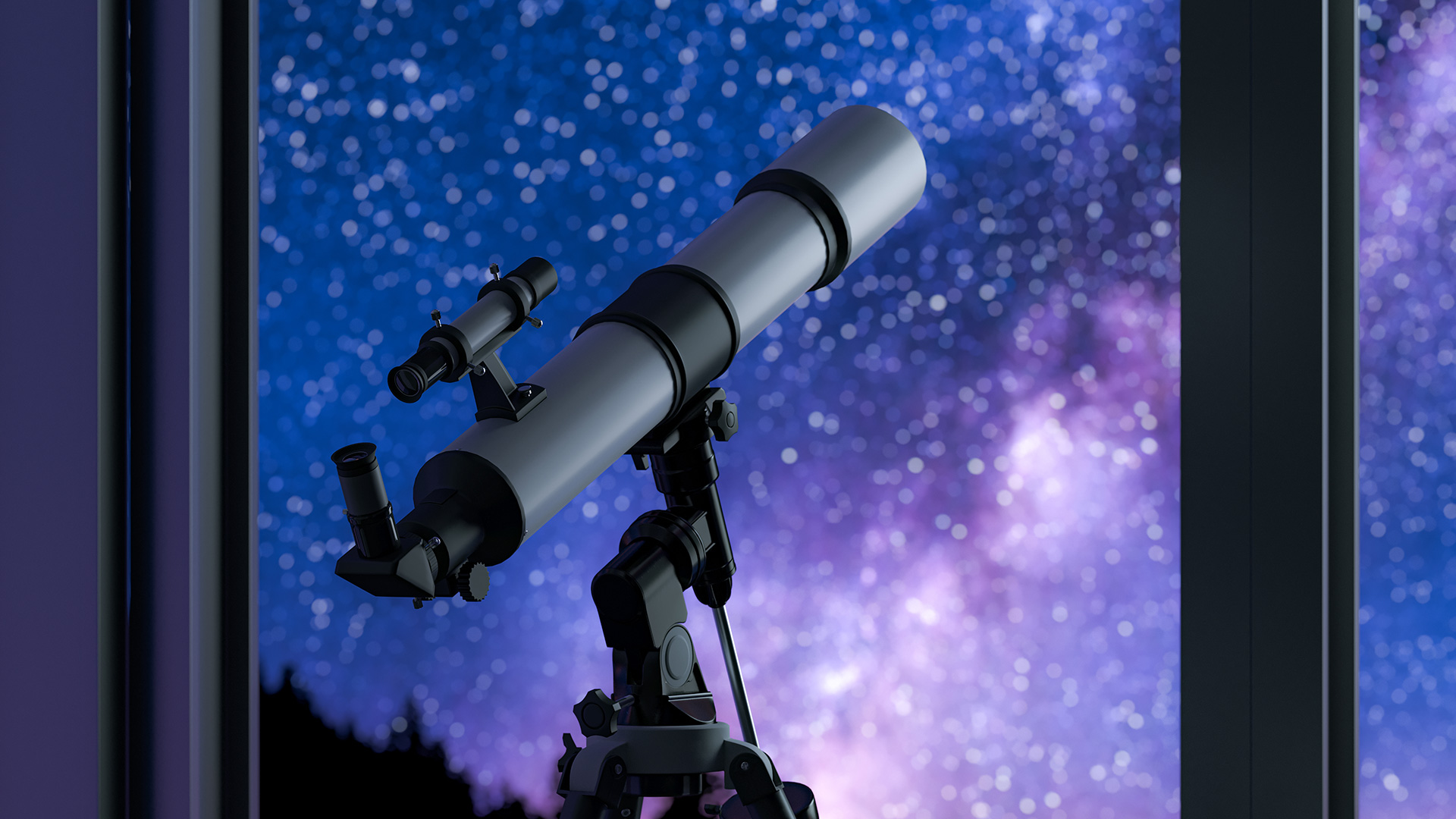Just about the most useful methods to commence researching the evening skies doesn’t require any particular products. Get a friend on the obvious night time and fee for the cliffs! Look for a place from town glow, taller buildings, and trees and simply lookup. Get pleasure from going to all the stars that aren’t usually apparent from the glare of best telescope towns.
To get started on seeing constellations, bring along a newly released celebrity graph. Bring a red-colored light along with you to avoid destroying your nighttime eyesight.
Also, watch out for stargazing options in your area. Most community huge organisations will have a few of these annually plus they are a fantastic way to learn more about the dim atmosphere and a likelihood to appear through numerous telescopes.
It’s easy to get overwhelmed from the specifications and options when purchasing the very first best beginner telescopes.
The essential spec for almost any telescope is its aperture or maybe the diameter of its camera lens or match. The greater the much more useful since a greater gap can gather a lot more lighting and remote physical objects appear to be happier. But this comes at the price, and larger sized telescopes can also be smaller and mobile. Assess whether you prefer so that you can pack your telescope into the back of your car for stargazing field outings before spewing out on that 10-in . aperture telescope.
To decide what sort of stargazing the best beginner telescopes is right for, glimpse at its f-proportion. The f-percentage may be the telescope’s central span diverged by its aperture. For the telescope having a 900-mm major size and a 70-millimeters aperture, this provides an f-percentage of 12.9 or f/12.9. Like a broad rule, smaller the f/variety, the more low quality the magnification, the greater thorough the sector, and the more colourful the picture.
Small f-ratios of f/4 to f/5 are fantastic for wide-industry monitoring and significant place things like galaxies.



